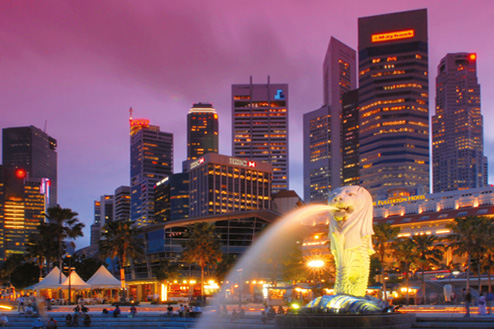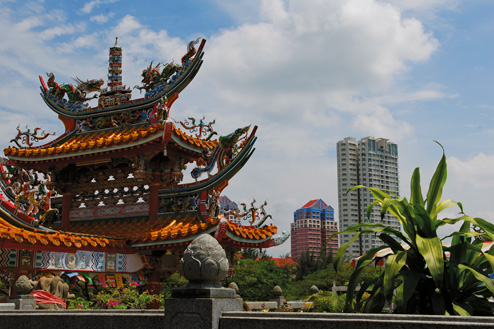Getting Around
Singapore is possibly the most expensive place in the world to own a car – a situation created in order to control the car population and reduce traffic jams. The result is that the vast majority of residents use public transport and to this end the government has provided superbly.
Between the bus service, ultra-modern MRT (subway) and taxis, the public transport system is excellent, comparatively cheap, comfortable and really convenient. A combination of bus and MRT is by far the most common way to commute but taxis are plentiful and for a number of people, travelling just by taxi is still affordable and, yes, cheaper than owning a car!
Motorcycles provide a popular low-cost alternative to cars. However, they can be dangerous, with more than half of all road fatalities involving motorcyclists. Cycling is also dangerous because of the lack of consideration given to cyclists by motorists on Singapore’s crowded roads. The city is very pedestrian friendly and all roads have proper pedestrians pathways. But due to the high temperatures and humidity, walking can be an energy-sapping way to get around, and you are likely to arrive sweaty.
The island is served by several key arterial expressways that criss-cross the island. The main ones are the Ayer Rajah Expressway (AYE), Bukit Timah Expressway (BKE), Central Expressway (CTE), East Coast Parkway (ECP) and Tampines Expressway (TPE).
The traffic system is well planned and is continually being improved on, with new flyovers to ease traffic, road widening and traffic flow management through the Electronic Road Pricing scheme (ERP), where motorists pay to use certain roads during peak hours. New MRT stations are being constructed along with a Light Rail Transit system (LRT) connecting commuters from the MRT station to more convenient stops within housing estates.
Between the bus service, ultra-modern MRT (subway) and taxis, the public transport system is excellent, comparatively cheap, comfortable and really convenient. A combination of bus and MRT is by far the most common way to commute but taxis are plentiful and for a number of people, travelling just by taxi is still affordable and, yes, cheaper than owning a car!
Motorcycles provide a popular low-cost alternative to cars. However, they can be dangerous, with more than half of all road fatalities involving motorcyclists. Cycling is also dangerous because of the lack of consideration given to cyclists by motorists on Singapore’s crowded roads. The city is very pedestrian friendly and all roads have proper pedestrians pathways. But due to the high temperatures and humidity, walking can be an energy-sapping way to get around, and you are likely to arrive sweaty.
The island is served by several key arterial expressways that criss-cross the island. The main ones are the Ayer Rajah Expressway (AYE), Bukit Timah Expressway (BKE), Central Expressway (CTE), East Coast Parkway (ECP) and Tampines Expressway (TPE).
The traffic system is well planned and is continually being improved on, with new flyovers to ease traffic, road widening and traffic flow management through the Electronic Road Pricing scheme (ERP), where motorists pay to use certain roads during peak hours. New MRT stations are being constructed along with a Light Rail Transit system (LRT) connecting commuters from the MRT station to more convenient stops within housing estates.













